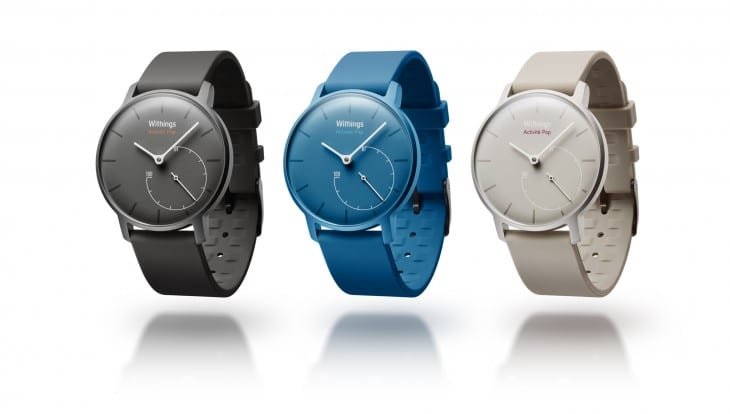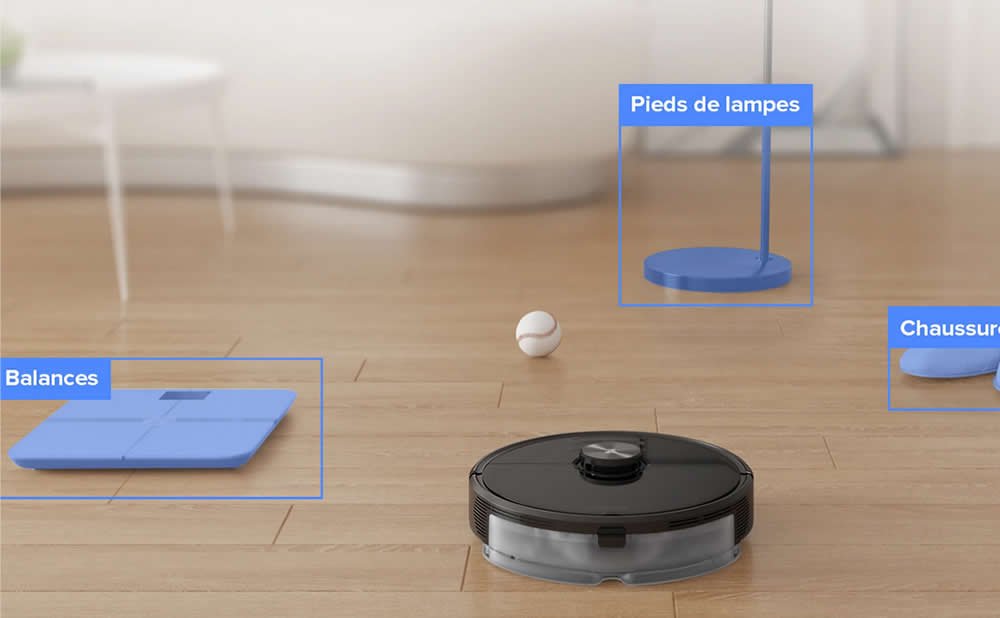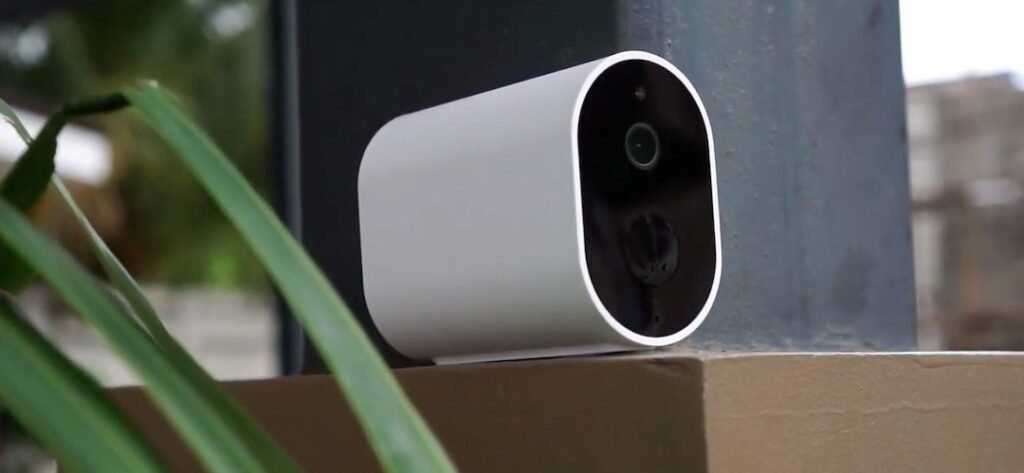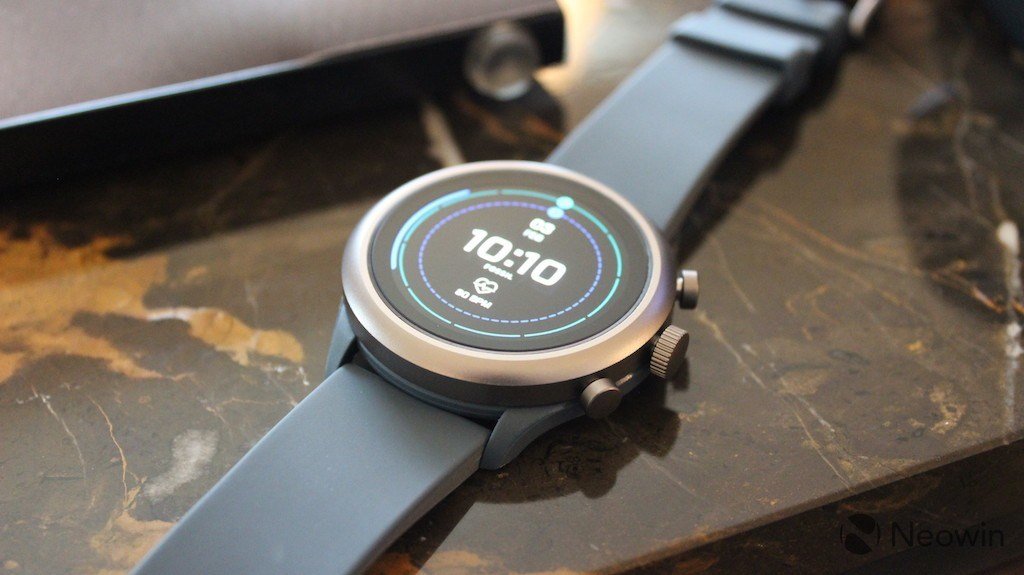What would you choose between a 6.9-inch ultra-bright screen, a very high capacity 5000 mAh battery, a latest generation processor, 5G compatibility or a camera module equipped with a 108 Mpix sensor with x100 zoom? Thanks to Samsung, stop asking yourself more questions. The Galaxy S20 Ultra, its latest high-end smartphone, ticks all these boxes. For $1299.99 at Amazon, is this smartphone of all excesses a good deal? We give you the Samsung Galaxy S20 Ultra review with approximately two weeks test to respond.
Samsung Galaxy S20 Ultra: a real monster
While Samsung seems to have become aware of the problem posed by the size of our smartphones with its Galaxy Z Flip (a folding smartphone capable of becoming ultra compact by closing in on itself), the Korean brand continues to believe in the giant smartphone market . To tell the truth, its Galaxy S20 Ultra breaks records with its OLED panel with a diagonal of 6.9 inches… It is 0.2 inches more than the Galaxy Note 10+, already seen as a giant, not to say too big.
Samsung nevertheless had an excellent idea with its S20 Ultra, to use a 20: 9 format panel rather than 19: 9. By lengthening the screen at its height rather than making it increase in width, the Korean makes it almost possible to use a Galaxy S20 Ultra with one hand. Holding this smartphone is, in any case, no more complicated than holding a Galaxy Note 10 + … which does not necessarily mean that everyone will be able to! Note also that the very slight curvature of the mobile screen (Samsung abandons the curved screens that it was the first to launch) makes it easier to handle the device. In short, the Galaxy S20 Ultra is not made for all users, but it is not unusable.

However, we are more skeptical about the thickness and weight of the mobile. If its 220 grams are not more disturbing than those of an iPhone 11 Pro Max, they nevertheless require a slight adaptation time. For its part, the thickness of the mobile is more problematic. A 8.8mm thick smartphone (almost 1mm longer than the S10 + or Note 10+), as heavy, is not the most pleasant to handle. In addition, the camera module of the Galaxy S20 Ultra creates such a protuberance that it prevents the mobile from being stable on a flat surface. So every time you receive a message, the smartphone vibrates so hard that it could wake up a baby. Samsung is making a regrettable design error here. Fortunately, a shell helps balance everything … but makes the mobile even thicker.

Before buying a Galaxy S20 Ultra, we advise you to try it in store. Samsung’s new ultimate mobile clearly has many advantages (we’ll talk about that later), but its format won’t appeal to everyone.
120 Hz and record brightness: a screen of madness
Aesthetically, Samsung is a feast for the eyes. The screen of the Galaxy S20 Ultra, very slightly curved on the sides, is undoubtedly one of the most beautiful on the market. Its borders are almost nonexistent and the punch in the screen, now centered, avoids the notch with elegance. Samsung has clearly gone above and beyond to achieve a design that is suitable for everyone.
One of our favorite new features with this Galaxy S20 Ultra is this new screen with a refresh rate of 120 Hz. This allows the mobile to double the number of images displayed per second compared to its predecessors, which greatly improves the user experience. Truth be told, those who get used to the Galaxy S20 Ultra at 120 Hz will find it hard to go back. It’s as if our old smartphones suddenly started jogging as the navigation fluidity is improved.
Besides, this 6.9 inch screen is not only good for its fluidity. According to measurements from parispapa.com’s laboratory, it is also the brightest on the market, doubling Apple’s iPhone 11 Pro. Its maximum brightness of 940 cd / m² breaks all records. OLED technology requires, we are obviously entitled to an infinite contrast ratio while the colors displayed by the screen are a little too vivid by default (Delta E of 4.94), but are much more faithful if we choose the “natural” display mode (Delta E of 1.50). Samsung hits hard, it’s just a shame that it requires user intervention in the settings.
To know more : Samsung Galaxy S20 Ultra screen breaks brightness records
Finally, it should still be noted that the protective film preinstalled on the smartphone is scratched far too easily. A week after we unpacked the mobile, we had already damaged it when we tend to take care of the devices. We encourage you to remove it and have it replaced by another more resistant if, like us, the scratches annoy you.

Apart from a jack, it lacks nothing
Is it possible to outperform the Galaxy S20 Ultra? In reality, Samsung has simply equipped its high-end smartphone with all the best in 2024 . The smartphone is 5G compatible (which we could not assess in the absence of a 5G network in France), supports Wi-Fi 6, unlocks with an ultrasonic fingerprint sensor (identical to that of the S10), has stereo speakers and an extremely powerful haptic vibration engine. It is compatible with ultra-fast and wireless wired charging, can expand its storage by Micro SD and can accommodate two Nano SIMs in addition to one eSIM. Hard to beat.
First Galaxy S to do without the jack, which is unfortunate, the Galaxy S20 Ultra is equipped with the best components on the market. Only downside, the European Galaxy S20s are the only ones to use the Exynos 990 processor from Samsung rather than the Snapdragon 865 from Qualcomm. If this Exynos is extremely powerful (no need to tell you that everything works perfectly on this device), it would seem that it is unfortunately much more energy-consuming than the Qualcomm processor. Dear friends of Samsung, think of Europe next year. We deserve the same Snapdragon processor as the Americans and Koreans.

Autonomy, the ball of the Galaxy S20 Ultra
If the Galaxy S20 Ultra is heavy, it is because it is equipped with an impressive 5000 mAh battery. With such a large capacity, logic would have wanted the smartphone to break records of autonomy. Only problem, the giant screen consumes a lot of power and, above all, the Exynos 990 processor does not seem to be well enough optimized. Note also that, by default, the screen of the S20 Ultra is configured with a refresh rate of 60 Hz. It will be necessary to manually activate 120 Hz in the settings, which will of course impact the autonomy (but we will come back to this more in detail in a future article).
In the versatile Review of parispapa.com, the Galaxy S20 Ultra withstood 12:18 p.m. (at 60 Hz). This performance places it in the low average of high-end smartphones, at a level equivalent to that of Google Pixel 3a, OnePlus 7T Pro and Galaxy Note 9. The gap with the best smartphones on the market, such as the Huawei P30 Pro and the ‘iPhone 11 Pro Max, is more than 5 hours. At 120 Hz, you will not be surprised to learn that it is even worse. According to our first estimates (but we will come back to this in more detail soon), we could lose a little more than an hour. And with use, we can already confirm this to you, you rarely end your day above 10% when the 120 Hz is activated. It’s very disappointing.

In ehealth streaming, Samsung has nevertheless found a way to offer a fairly correct autonomy. We were able to watch movies during 1:26 p.m. on the S20 Ultra without being interrupted. This is not the first time that a Galaxy smartphone has done well in this exercise and this somewhat saves the note of autonomy of the smartphone. On the other hand, in communication, the less than 20 hours readings on this mobile place it once again in a low average. The overall autonomy rating of the S20 Ultra remains very good, certainly, but far from the excellence of its best competitors. And this note is inflated, as you will see, by a quick recharge of the most effective.
Saved by a really fast recharge
With the charger supplied as standard (25W), it only takes 1h04 for the smartphone to go from 0 to 100%, which is a small feat given the high capacity of its battery. In 25 minutes, we recover 50% of autonomy.
An incredible zoom, a perfectible photo app
The photo is definitely the main quality of the Galaxy S20 Ultra. We will have the opportunity to analyze it in more detail soon in a dedicated Review, but we can already admit to being impressed by the progress made by Samsung this year. Let’s first take a look at the periscope zoom of the smartphone’s competition, located at the bottom of its unsightly quadruple camera module.
In 2020, Samsung finally decides to respond to Huawei and Oppo. The brand in turn begins to periscope zoom and even breaks a record with a digital enlargement of up to x100. Note that the optical zoom of the S20 Ultra is actually only x4, but that the brand still promises a hybrid x10 zoom “without loss of quality” made possible by the high definition 48 Mpix sensor of its periscopic zoom .



It must be recognized that the zoom of the Galaxy S20 Ultra is impressive. Up to x30, the photos produced by this camera module are even fully usable. The stabilization offered by Samsung is impressive. We don’t necessarily need a foot to achieve such images. On the other hand, in x100, it is a little more complicated. If artificial intelligence improves images (pixels are notably added to make texts more readable), photos are very blurry and too smooth. However, having access to such possibilities on a smartphone remains unprecedented and we can only salute the achievement. Admittedly, the x100 zoom is not perfect, but benefiting from such an enlargement is great.
At night, the periscope zoom of the Galaxy S20 Ultra is doing strangely well. If the aperture f / 3.5 of its camera module is too small to allow the sensor to work miracles, we can nevertheless zoom up to x10 without too much loss of quality. Beyond that, we don’t see much anymore.

Read also : Samsung Charm – Samsung tracker soon on the market
Finally, the only thing we can blame about Samsung’s zoom is the interface of its application Camera. It is all the more regrettable that everything suggests that the engineers of the brand did everything to take good care of this part. Having different zoom screens on the screen (x0.5, x1, x4, x10, x30 and x100) is a great idea … marred by a few inconsistencies. For example, the shortcut on the view displayed in the photo interface allows you to go up to x5 (represented by the icon of the two trees), while the zoom screen offers x4. Ultimately, the user is unsure of what to do to access true optical zoom. In the same way, it is impossible to quickly access your last photo when you are in zoom mode, you must necessarily go back. Small improvements would make it all more consistent

A promising 108 Mpix sensor
The other photo innovation of the Galaxy S20 Ultra is its giant (1 / 1.33 inch) 108 Mpix sensor. The latter uses a new nona-binning process that allows you to merge 9 pixels into 1 to obtain 12 Mpix images. In this configuration, each photosite reaches 2.4 microns, which is huge. This technically reduces noise and fine-tunes image accuracy. But it is also possible to take photos with a definition of 108 Mpix, to be able to zoom in on it a posteriori.
Read also : Family Hub – The smart health connected and smart Samsung refrigerator
As promising as this 108 Mpix sensor is, we must admit that we are shared by the Samsung proposal. Too often, we have had the impression that the smartphone was altering colors. These are sometimes too bright and give the impression of using a smartphone with HDR abuse. At night, we also notice difficulties in the management of light, bright halos appear on certain parts of the image while a Galaxy S10 would not have been trapped. There are also important problems of smoothing at the level of the faces. We imagine that Samsung will fill these gaps in future updates.


Of course, it would be wrong to say that the Galaxy S20 Ultra is not a good photo smartphone. Most of the time, the shots are very successful. There’s just no wow effect like the periscope zoom.


On the other hand, the photos taken in 108 Mpix mode (without using nona-binning) are much more impressive. If the latter are very heavy (between 20 and 30 MB), they allow you to zoom and crop an area almost without degrading quality. For once, we really see with the naked eye the interest of this mode.

Ultra wide-angle and ToF
Let’s finish the photo part with the two other sensors of the Galaxy S20 Ultra. The smartphone has an ultra wide-angle lens attached to a 12 Mpix sensor equivalent to that of the Galaxy S10, and therefore still very satisfactory (even if there are sometimes autofocus problems). The fourth sensor, a ToF, is used to improve the quality of portrait mode. We can also, with it, model objects in 3D but the result is very average.

What is 8K ehealth for?
Finally, let’s briefly mention the new ehealth features of the Galaxy S20 Ultra. To compete with the iPhone 11 Pro, Samsung has decided to review the stabilization of its smartphone. If we can only welcome the progress of the Korean, it is clear that Apple remains ahead today. In ultra stabilized mode, there is sometimes a second of latency between the movement that you print on the smartphone and taking into account this movement on the screen. There are also slight pumping effects and developmental difficulties.
The other new ehealth feature of this new generation is the support for 8K recording. Here we are more than shared. Samsung voluntarily highlights its “ehealth snap” feature which allows you to transform an extract of the ehealth into a 33 Mpix photo. Let’s be honest, this mode doesn’t really help. It’s rare to have everything in focus at the same time when pausing a ehealth, making quality photo capture impossible. Right now, the 8K is more of a gadget. The Korean brand wanted to be the first to shoot, but it does not revolutionize the uses with this novelty.
[quick_offer id=37962]
More news about Samsung
Forget Samsung’s Galaxy S20 And Note 10, This Is The Smartphone To Buy - Forbes
2020 20Asia/ShanghaiamWed, 18 Mar 2020 00:44:38 +0800 3 03202033112 18 18am20 - ForbesForget Samsung’s Galaxy S20 And Note 10, This Is The Smartphone To Buy ForbesSamsung tips a major Galaxy Note 20 specs advantage over the S20 Ultra 5G PhoneArenaSamsung Begins Mass Production of the Fastest Storage for Flagship Smartphones Samsung Global NewsroomSamsung begins mass production of UFS 3.1 storage for late 2020 flagships 9to5GoogleSamsung starts mass production of 512 GB eUFS 3.1 - GSMArena.com news GSMArena.comView Full Coverage on Google News...
Samsung: The Tech Monster That Conquered the World - The New York Times
2020 20Asia/ShanghaiamTue, 17 Mar 2020 09:32:19 +0800 3 03202033109 17 17am20 - The New York TimesSamsung: The Tech Monster That Conquered the World The New York Times...
How Samsung became one of the world’s biggest tech companies - Marketplace
2020 20Asia/ShanghaipmTue, 17 Mar 2020 23:19:37 +0800 3 03202033111 17 17pm20 - MarketplaceHow Samsung became one of the world’s biggest tech companies Marketplace...

















